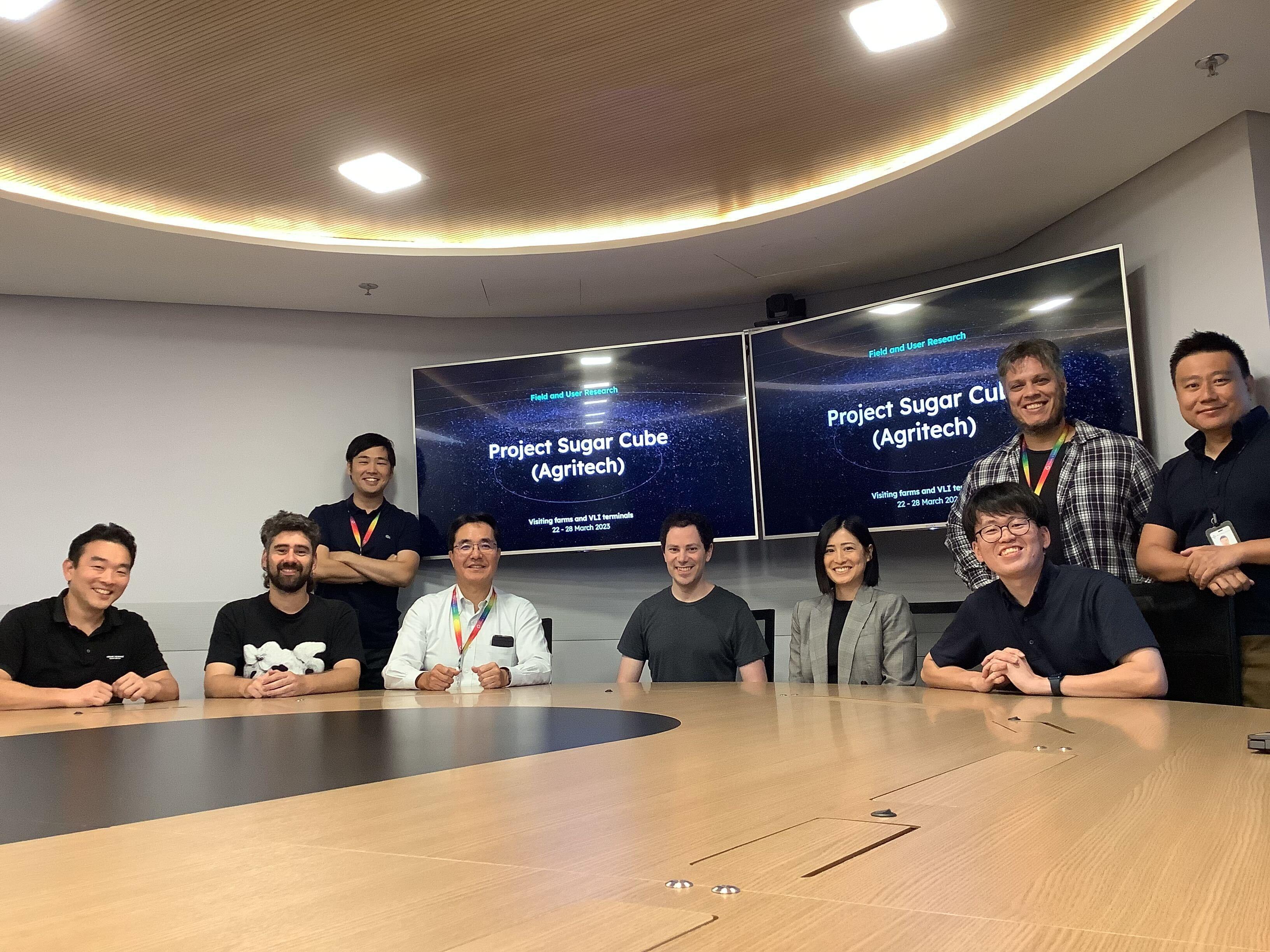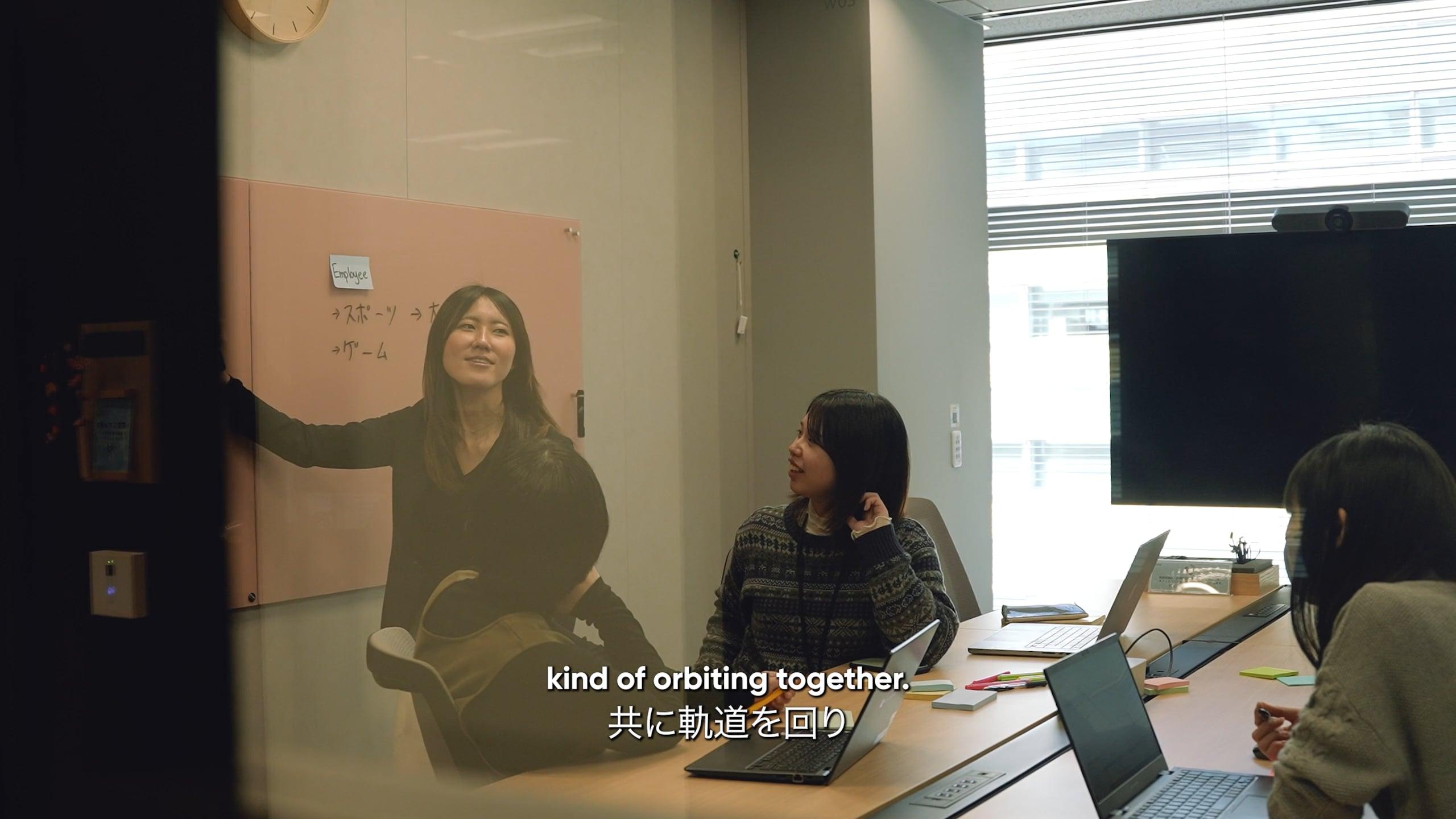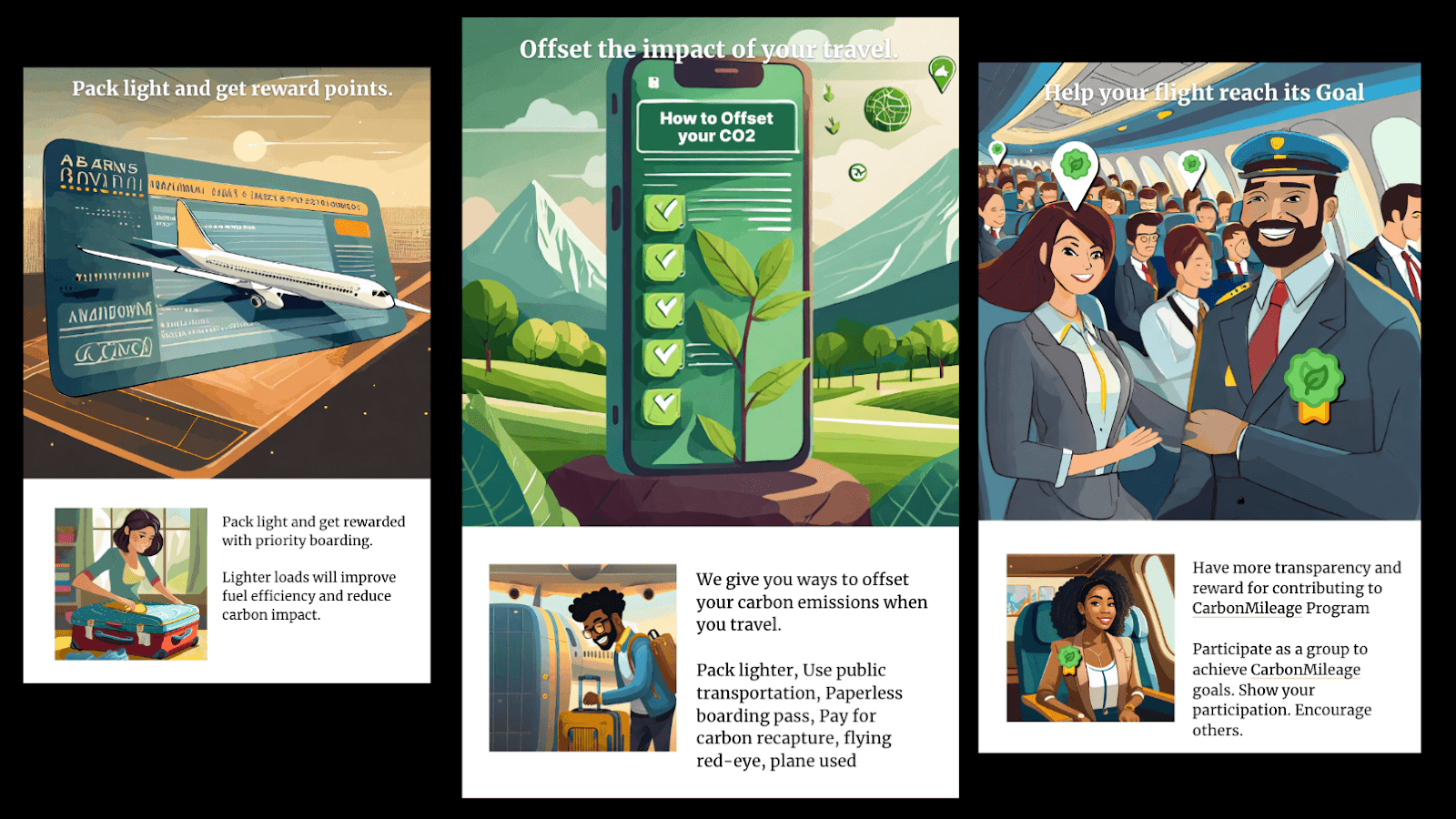In this article, we talk with two Moon Creative Lab Designers about their experiences designing for inclusivity and how inclusive design can reach unexpected and wider audiences.

Key Takeaways:
- What is inclusive design
- Examples of inclusive design
- How to design for inclusivity in your own work
- Resources for learning more about inclusive design
Inclusive design is a design practice that we are always considering when supporting our ventures. At Moon Creative Lab, one of our core values is “Be Human-Centered” which focuses on designing for human needs rather than the business outcomes – the essence of inclusive design. We believe that unexpected opportunities come when we look outside of ourselves and really get to know our users.
With Moon’s parent company, Mitsui & Co., celebrating Diversity & Inclusion Week this September, we interviewed two of our designers in Tokyo on what it means to design businesses, products, and services that are inclusive of everyone.
What does inclusive design mean to you?

Senior Design Researcher
T.Y. “For me, inclusive design means design that is welcoming for everyone and can apply to many fields, from architecture to consumer product design to employee experience design and more. Sometimes there are conflicts and it is not possible to make everyone happy. However, in my view, we should always strive to maximize the happiness of every user.”
Inclusive design is welcoming for everyone.

UI/UX Design Lead
M.R. “For me, inclusive design is all about understanding and including the plurality of people and realities we have in the world. You’d be surprised – a recent study showed that only 21% of people are able to fully use most products, which means that inclusive design, which seeks to lower barriers to effective use, is actually for the majority of people.”
Inclusive design is about including the plurality of people and realities.
What are some examples of inclusive design?
T.Y. “When I studied at design school in Europe, I was impressed by the inclusivity of design there compared to design in Japan. Public notices were clear, simple, intuitive, and visual. In Japan, on the other hand, public notices still tend to be extremely wordy, complex, and non-user-friendly. Things are improving little by little, though. I also noticed that train station ticket gates were wider, allowing easier access for people in wheelchairs.
Inclusive design encourages us to think about people who are not the same as us, empathize with them, and question our own assumptions. There is always a danger that we will design things that work best for us, the designer – but we are not everyone, and what works for us may not always work for others.”
Inclusive design encourages us to think about people who are not the same as us, empathize with them, and question our own assumptions.
M.R. “When talking about inclusivity, we usually think about the Physical aspect of design - ergonomics, accessibility, design for the elderly and the physically challenged, and so on. But there are also cognitive and emotional aspects to consider.
From a cognitive perspective, for example, we should consider such things as color blindness, but also dyslexia, which, as studies show, affects up to 12% of people globally. And also consider deepening our understanding of the wide range of neurodiversity that humans exhibit. Not everyone processes information in the same way and our design should take that into account.
In terms of emotional inclusivity, we must also consider how people feel when using the products that we design. Recently there have been great improvements. For example, Instagram now provides more pronoun options for people who don’t identify as Male or Female. And you may have noticed that Slack now includes a range of skin color options for emojis so people can represent themselves online in the way that feels most comfortable for them. These changes may seem subtle, but they have a huge positive emotional impact on those who may otherwise feel excluded or ignored.”
Not everyone processes information in the same way, and we must also consider how people feel when using the products that we design.
In your own work, how do you design for inclusivity?
T.Y. “I am currently working on GORIL, a Moon Creative Lab venture that is creating an innovative way for people to improve their English pronunciation. Originally the project was called “Speak Like Native,” but in the process of interviewing potential users, we learned that the main goal of attaining native-like speech excludes many people, and our project has evolved as a result. We decided to avoid idiomatic expressions and use simpler, more direct language so that more people can use the product effectively.

In the past, I also worked on a Moon venture that was developing a product for people with epilepsy, and this forced me to consider many new perspectives. We built a journaling system for the users, but learned that after an epileptic seizure, they are exhausted and unable to write. So, we simplified the design to include only icons indicating the most common range of experiences. This way, users could record their condition in a quick and intuitive way, and we later added an audio function which made it even easier for them.
What’s important is that the insight for these improvements came from speaking with epileptic users and getting their feedback on our early prototypes. Without actually speaking with those who would use the product, we were designing in the dark.”
Without actually speaking with those who would use the product, we were designing in the dark.
M.R. “A while ago I was working on an application for visually impaired people in Japan that helped users navigate around train and subway stations. The app allowed them to find the right exit, restrooms, and so on by scanning QR codes in the station and guiding them around the yellow floor paths.
What was interesting about this project was that – as a designer – it wasn’t about making something look good (because the users, by definition, had limited visual ability), but instead about making it work well. Because for these users, this app is not for entertainment or simple convenience, but rather a powerful tool that hugely impacts their lives and can, in some sense, change their reality.
It wasn’t about making something look good, but about making it work well.
To build this, we talked with visually impaired people and consulted with support associations in Japan to get a deeper and more authentic understanding of the users’ experiences with the product prototypes. We couldn’t have done this just based on our own experiences and realities.
During this project, I also learned some interesting things about how inclusive design principles can contribute to design in general. Did you know that dark mode, which your phone or PC might switch to in the evening, originally comes from products designed for people with visual impairments? Or that text-to-speech technologies were first developed for people who could not read screens, but now are a major component of AI assistants like Alexa and Siri? In the end, inclusive design helps everyone.”
In the end, inclusive design helps everyone.
Are the products and services you design for inclusive?
Learn more about inclusive design here:
- What is Inclusive Design? (Cambridge University)
- Inclusive Design Principles (inclusivedesignprinciples.org)
- Inclusive Design: Principles and Examples (Adobe)
Share on
Related stories

Translating Challenges Through Empathy
Learning how language plays a key role in managing projects and generating successful business, and creating spaces, frameworks, and processes that consider that.

International Women's Day at Moon: Lighting the Way to a Brighter Future
For this year’s International Women’s Day, we did a few things to celebrate the wonderful women of Moon and educate ourselves to create a better, more equal future.

How a Two-Day Workshop Helped a Business Focus on a Better Solution
Carbon Mileage, a venture working to improve decarbonization in the airline industry, visited Palo Alto for a two-day workshop to refine their business and solutions.
In The News
Moon Opens Doors to Palo Alto Startup Community
Moon recently opened its Palo Alto studio doors to the entrepreneur and startup community by holding a breakfast and networking event. Founders, investors, and entrepreneurs attended and shared creati…
What Does Artificial Life Reveal About Us?
VOOX releases the Audiobook Mizukioka’s “What does Artificial Life reveal about us?”. …
The Optimal Solution Between Remote and Office: Who Chooses Where To Work
Naohiro Hoshino, EIR of MetaJob, was interviewed in Works, the journal of the Recruit Works Institute. Under the theme “The optimal solution between remote and office: who chooses where to work”, the…